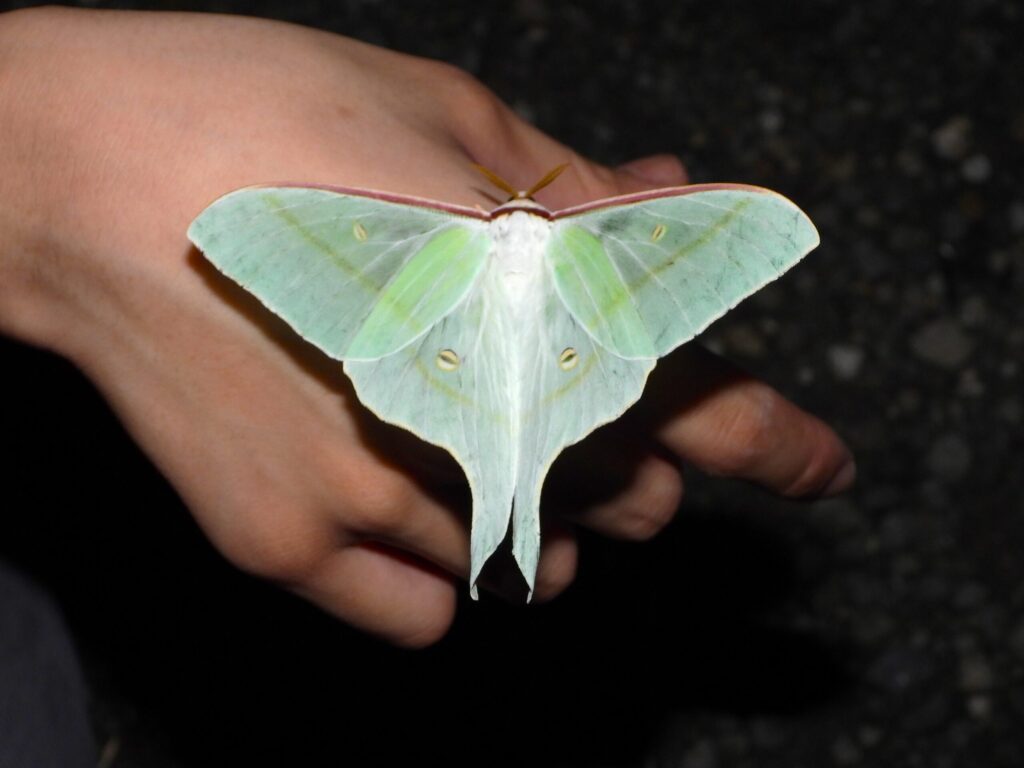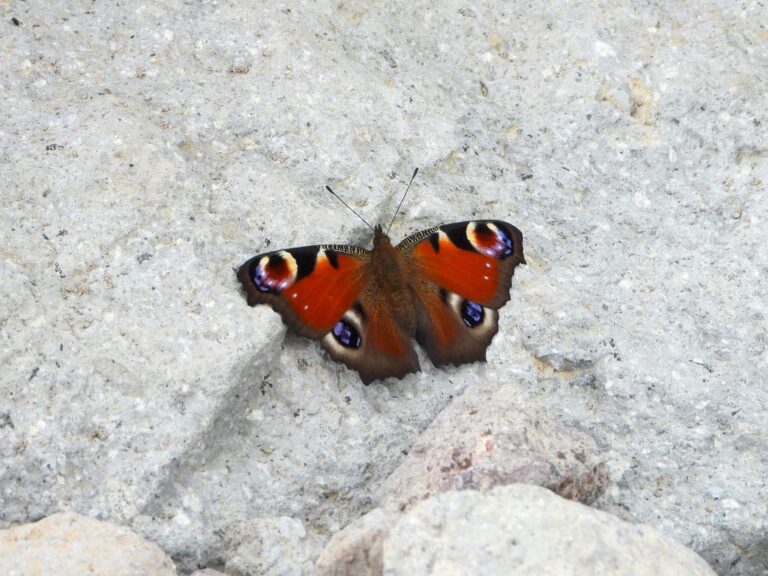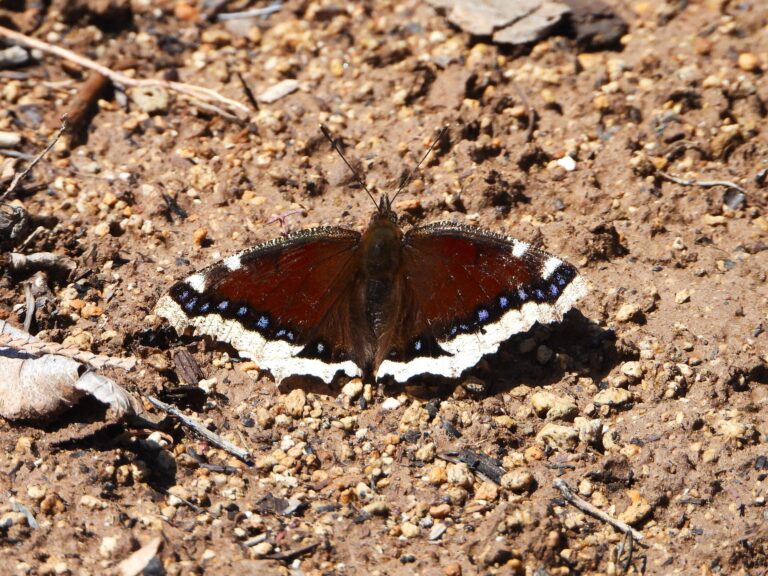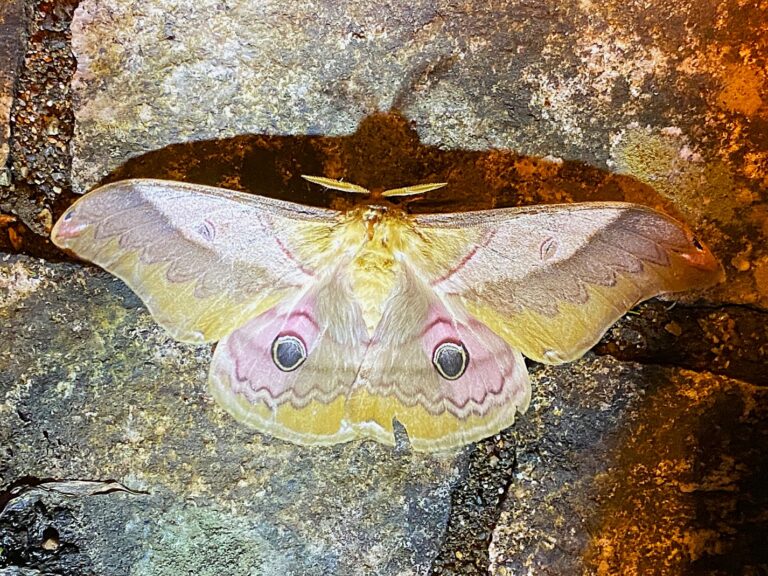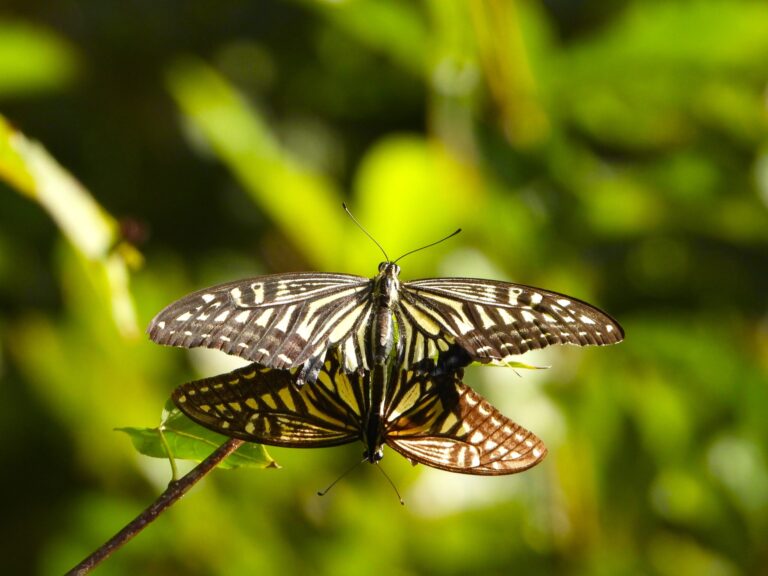Onaga Mizuao (Actias gnoma) – Wildlife of Japan
Introduction
The Onaga Mizuao (Actias gnoma) is one of Japan’s most graceful giant silk moths. Often confused with its close relative, the Oomizuao (Actias aliena), this species can be distinguished by subtle but consistent differences in its wings, antennae, and resting posture. Found in forested regions throughout Japan, it is closely tied to alder woodlands and riverbank ecosystems.
Appearance
The Onaga Mizuao has a wingspan of about 80–100 mm. Its wings are a soft bluish-green with transparent eyespots on both forewings and hindwings. Each hindwing bears a long tail extension, giving the moth its name “Onaga,” meaning “long tail.”
The eyespots are slightly elongated, with the lower part of the circle bulging downward—one of the most reliable identification traits. The antennae are greenish, and the moth tends to rest with its wings slightly closed in a gentle V-shape.
These features, when seen together, help distinguish it from the Oomizuao.
Habitat & Distribution
This species is found across Hokkaido, Honshu, Shikoku, and Kyushu.
It inhabits moist forests, especially along rivers and wetlands where alder (Alnus) and birch-family trees grow.
Behavior
Adults are nocturnal and are often attracted to artificial light. They do not feed, surviving on energy stored during the larval stage. There are typically two generations per year, and the pupae of the later generation overwinter in cocoons among fallen leaves or soil litter.
Diet
Larvae
The larvae feed mainly on alder (Alnus) and other birch-family trees such as Yashabushi. These trees grow in wetland or riverine areas, making the species an indicator of healthy riparian forests.
Adults
Adult moths do not feed; their mouthparts are reduced, as is typical of Saturniidae moths.
Reproduction
Females lay their eggs on the leaves of host plants shortly after emergence. The caterpillars grow through the summer, spin silken cocoons on foliage or the forest floor, and pupate. The final generation overwinters as pupae and emerges the following spring to begin a new cycle.
Difference from Oomizuao (Actias aliena)
Although very similar, the Onaga Mizuao can be recognized by several consistent traits.
Its forewings are sharper at the tip and the outer edge runs more or less straight, while in the Oomizuao the edges are rounded and wavy.
The eyespots of the Onaga Mizuao bulge slightly downward at the bottom, giving them a teardrop-like shape, whereas the Oomizuao’s are almost perfectly round.
The antennae of the Onaga Mizuao are green, while those of the Oomizuao appear yellow.
The tails on the hindwings are longer and slimmer in the Onaga Mizuao, and when resting, it holds its wings slightly closed in a V-shape.
In contrast, the Oomizuao usually rests with its wings spread flat.
When all these details are considered together, they allow confident identification even without close measurement.
Conservation
Although not globally threatened, the Onaga Mizuao is locally uncommon and listed as “Near Threatened” in several regional surveys. Because it depends on alder-rich riparian forests, habitat degradation and riverbank modification can negatively affect its populations. Protecting wetland and forest-edge habitats is vital for its long-term conservation.
Author’s Impression
In truth, even for people who deeply love wildlife, telling the Onaga Mizuao apart from the Oomizuao is genuinely difficult. To be sure of the identification, I went to Hachijōjima Island—where only the Onaga Mizuao is found—and observed it there. Seeing the long-tailed moon moth resting quietly in the island’s humid forest was an unforgettable moment.
